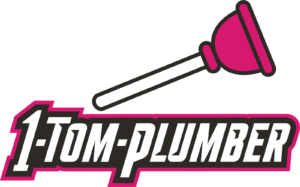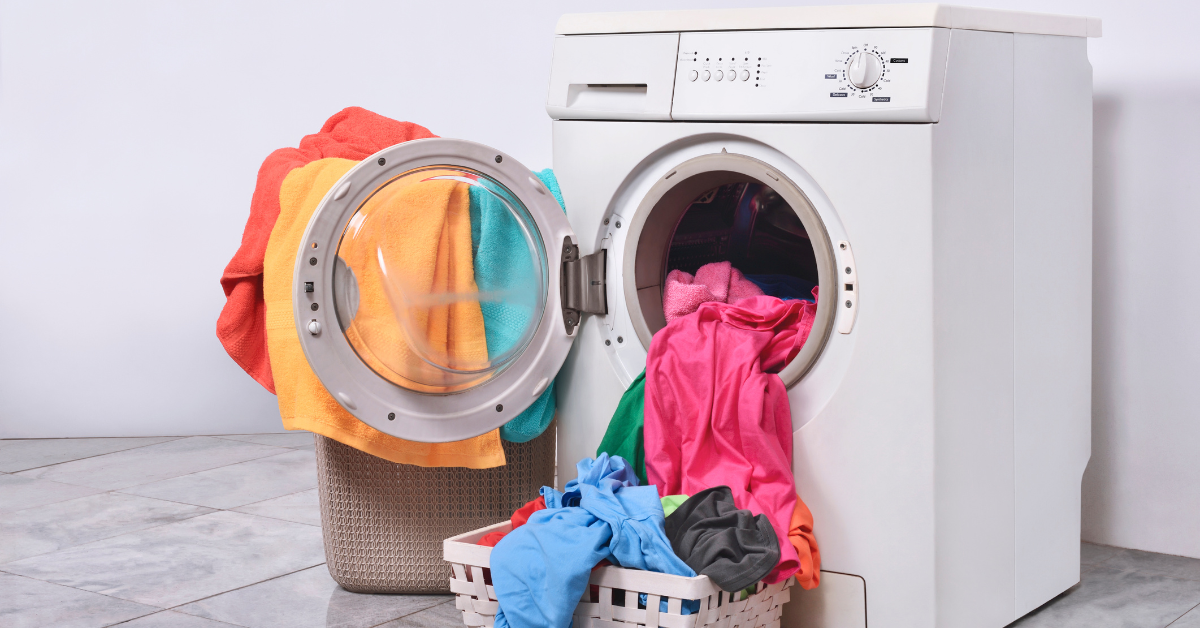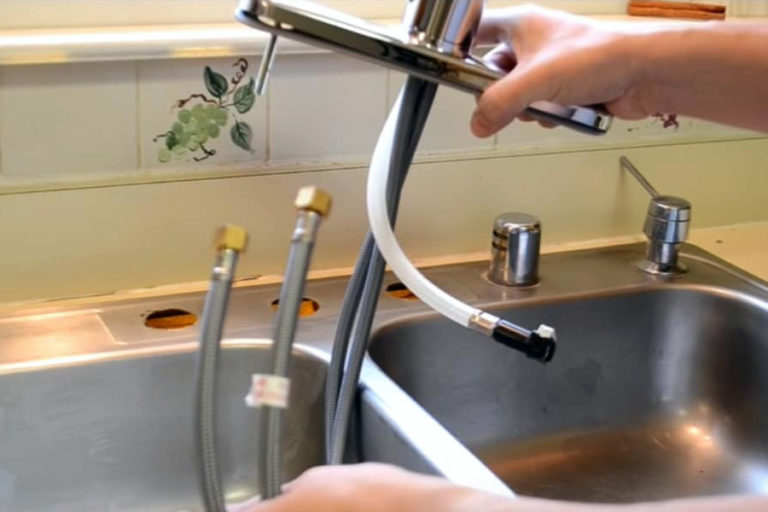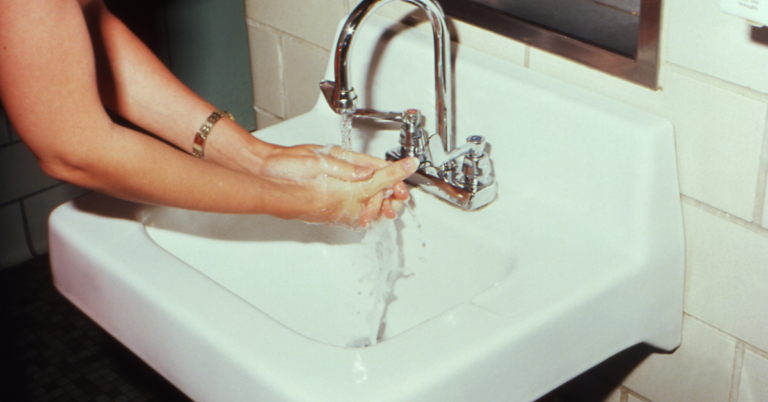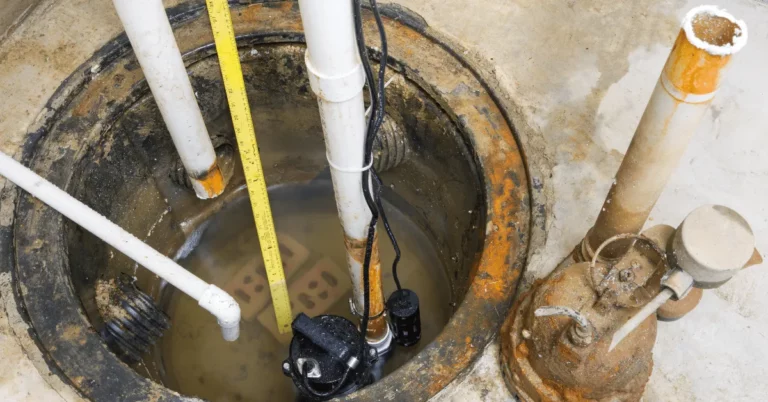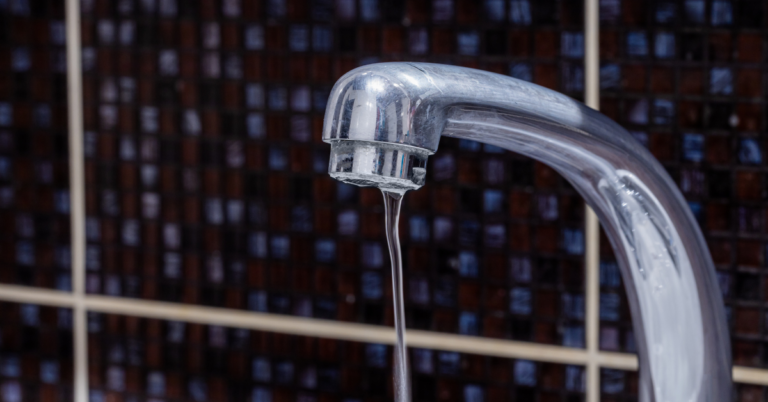How To Maintain Your Washing Machine
Maintenance is a crucial part of caring for each item in your laundry room, including the washer and dryer. Whether you have a front loading high efficiency washer or a traditional top loading machine, washing machine maintenance will keep it in good working order.
When you inspect and clean washing machines on a regular basis, you can avoid breakdowns, water leaks, plumbing issues, and related repairs.
Warning Signs:
Washing machine maintenance procedures should be conducted on a regular basis to keep your washer and dryer in good working order. If you just undertake machine maintenance on a regular basis, knowing the indicators of approaching washer troubles will help you address them before they cause harm and necessitate the services of a professional.
When you discover these problems with your laundry machine, schedule repair immediately:
- After a wash cycle, the drum does not fully drain.
- Water leaking from the appliance
- After a load of laundry, the clothes aren’t clean.
- There is no hot water supply.
- The drum will not spin.
- Odors of mold or mildew from the washer
- Loud noises while the washing machine is running a load
- Fabric deterioration
How to Clean Your Washing Machine
Do you know how to properly clean your washing machine? If you’ve noticed any of the warning signs above such as foul odors or your clothes not being cleaned, it is time to clean your washing machine.
Run the Washing Machine’s Self-Clean Cycle
If your washing machine has a self-clean cycle, you should use it to eliminate any odors. If you don’t know how to start the cycle or if your machine has a self-cleaning cycle, the owner’s manual will be able to assist..
Adding detergents to your machine when it’s self-cleaning is unnecessary; but, if you’re smelling aromas, you might want to consider adding baking soda. Baking soda will help to neutralize any “off” odors while also giving your washing machine a boost in cleaning power. If you notice mildew or a moldy odor, use bleach during the self-cleaning cycle to remove it.
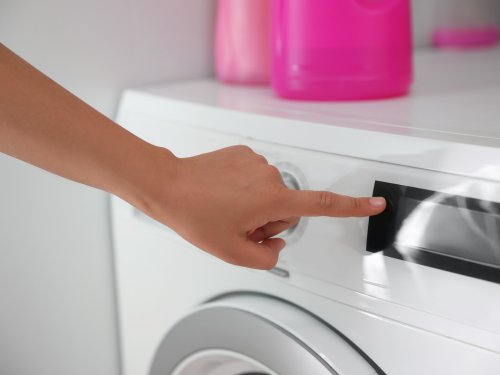
Front Loading Washing Machine
Although bleach is advised below, it can be too harsh for the sensitive septic system if your home is on one. In that scenario, instead of bleach, clean your washing machine with white vinegar.
- Check that the machine is empty. Next add bleach to the detergent and bleach dispensers.
- Run a regular cycle with warm water.
- Wipe off the door gasket after the cycle is finished. Scrub the gasket with an old toothbrush if it is moldy. A mixture of vinegar and water works well for cleaning gaskets with a dry cloth or towel, dry the door gasket.
- If the interior of the washing machine still feels oily (for example, if you had particularly dirty clothes in a recent load), you may either wipe it down with a household spray cleaner or repeat the cycle.
- Remove the dispenser drawers from your machine and thoroughly clean and dry them before replacing them, as directed in your owner’s handbook.
- Do one more brief cycle with warm water.
- Dry the interior of the machine and the gasket one more time. You should now have a nice, clean washing machine.
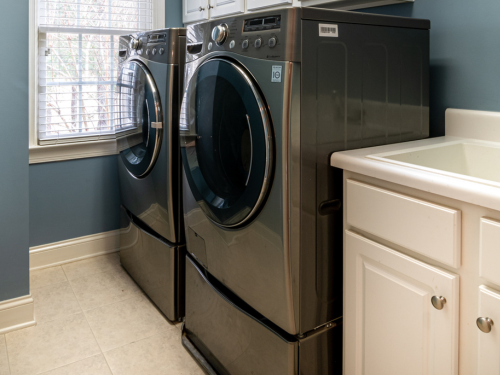
Top Loading Washing Machine
Cleaning a top loading machine is slightly simpler than the front loading machine. Remember to substitute bleach for white vinegar if your home is on a septic system.
- Double-check that the washing machine is entirely empty.
- Use the greatest load size and the hottest water cycle on your machine.
- Load the washer with hot water but stop it before the agitation cycle begins.
- Fill the washer drum with four cups of bleach. Then, let the machine run through its wash, rinse, and spin cycles thoroughly.
- Clean the dispensers for soap and fabric softener. Remove them and wash them away, or scrub them away with an old toothbrush.
- Load the washing machine with hot water once more, this time adding four cups of white vinegar.
- Allow your washer to complete its cycle once more, and you’re finished!
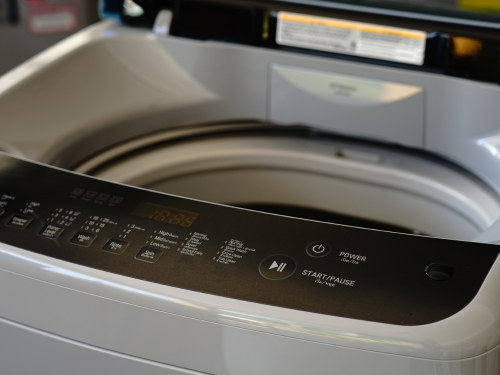
Clean the Lint Filter
As you wash loads of laundry, fabric fibers from clothing and linens enter the water. Lint can clog drains or travel into plumbing lines, causing obstructions that require professional removal. Lint is prevented from washing down the drain by a trap in washers, which protects your plumbing.
Remove and clean the lint filter trap once a month to keep the machine and drain lines in good working order.
- Locate the lint filter first. It will be found along the top of the drum’s rim, inside the agitator, or at the end of the drain line. Take the part out of the appliance.
- Immerse the filter for at least 10 minutes in warm water.
- Remove lint from the filter using a brush or cotton cloth and rinse the lint trap.
- Replace the lint filter.
Disposable filters are available in some washing machines. If this is the case with your system, simply remove the filter, discard it, and replace it on a monthly basis.
Final Thoughts
In conclusion, keeping up on the maintenance of your washing machine will prolong the life of it in your household. Because we use our washing machines on a weekly basis, it’s important to know how to properly take care of them. This is because we know how expensive this particular home appliance can be!
Call 1-Tom-Plumber
Don’t hesitate to contact us here or call us at 1-Tom-Plumber (1-866-758-6237) if you need any plumbing help with your washing machine. 1-Tom-Plumber’s certified team of plumbers and drain technicians respond immediately to any emergency plumbing, drain cleaning, or water damage problem.
We also handle the excavation of underground water lines and sewer main lines. Our immediate-response team is available every day and night of the year, even on holidays.
